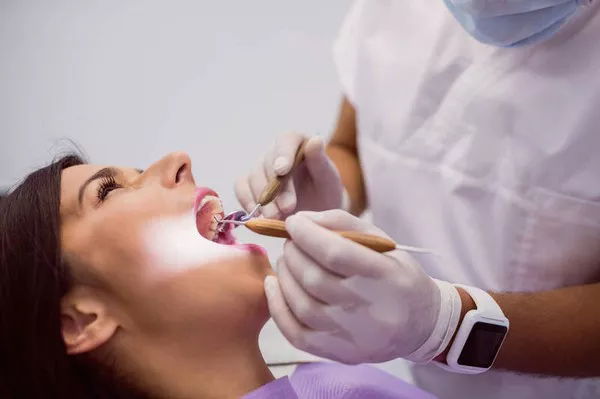Orthodontists play a vital role in the field of dentistry, specializing in the diagnosis, prevention, and treatment of dental and facial irregularities. Achieving a career as an orthodontist is a rewarding journey that requires a strong educational foundation and dedication. One of the most common questions prospective orthodontists ask is, “What degree do you need to become an orthodontist?” This comprehensive guide will provide detailed insights into the educational path, prerequisites, and steps to pursue a career in orthodontics.
The Educational Path
Becoming an orthodontist requires a rigorous and lengthy educational journey. Here’s a step-by-step breakdown of the educational path to becoming an orthodontist:
Bachelor’s Degree (4 years):
Before embarking on the journey to become an orthodontist, individuals must complete a bachelor’s degree. While there is no specific undergraduate major required for admission to dental school, most aspiring orthodontists choose to major in biology, chemistry, or a related field. During this time, it’s essential to maintain a high GPA and excel in science-related coursework, as dental schools are highly competitive.
Dental School (4 years):
After completing a bachelor’s degree, aspiring orthodontists must attend dental school. Dental school typically lasts four years and results in a Doctor of Dental Medicine (DMD) or Doctor of Dental Surgery (DDS) degree. Dental school curriculum includes both classroom and clinical training, covering subjects such as oral anatomy, dental diagnostics, and patient care.
Dental Licensure (Varies by State):
Upon graduating from dental school, individuals must obtain a dental license to practice general dentistry. Licensure requirements vary by state but generally involve passing written and clinical exams. It’s important to research the specific licensing requirements in the state where you plan to practice.
Postgraduate Orthodontic Residency (2-3 years):
To become a certified orthodontist, individuals must complete a postgraduate orthodontic residency program accredited by the American Dental Association (ADA). These programs typically last two to three years and provide specialized training in orthodontics. During the residency, students gain hands-on experience in diagnosing and treating orthodontic issues under the supervision of experienced orthodontists.
Board Certification (Optional):
While not mandatory, many orthodontists choose to pursue board certification through the American Board of Orthodontics (ABO). This process involves written and clinical exams and demonstrates a commitment to achieving the highest standards of orthodontic care.
Prerequisites and Tips for Admission
Admission to dental school and subsequently to an orthodontic residency program is highly competitive. To increase your chances of success, consider the following prerequisites and tips:
Maintain a Strong GPA: A competitive GPA in your undergraduate studies is crucial for gaining admission to dental school.
Score Well on the Dental Admission Test (DAT): The DAT is a standardized test that assesses your academic ability and scientific knowledge. Achieving a high score is essential for dental school admission.
Gain Dental Experience: Volunteer or work in a dental setting to gain hands-on experience and demonstrate your commitment to the field.
Secure Strong Letters of Recommendation: Obtain letters of recommendation from professors, dentists, or dental professionals who can attest to your qualifications and character.
Prepare a Compelling Personal Statement: Your personal statement should highlight your passion for orthodontics and your reasons for pursuing this career.
Participate in Extracurricular Activities: Engage in extracurricular activities related to dentistry or orthodontics to showcase your dedication and leadership skills.
Conclusion
Becoming an orthodontist is a challenging but rewarding journey that requires dedication, a strong educational foundation, and a commitment to patient care. The educational path includes earning a bachelor’s degree, attending dental school, obtaining a dental license, completing a postgraduate orthodontic residency, and optionally pursuing board certification. Admissions to dental school and orthodontic residency programs are highly competitive, so it’s essential to maintain a strong academic record, gain relevant experience, and prepare a compelling application.
Ultimately, the path to becoming an orthodontist is a fulfilling one, as it allows individuals to make a significant difference in the lives of their patients by improving their oral health and enhancing their smiles. If you are passionate about dentistry and orthodontics, the effort invested in your education and training will undoubtedly lead to a successful and fulfilling career as an orthodontist.
Related Topics:
































